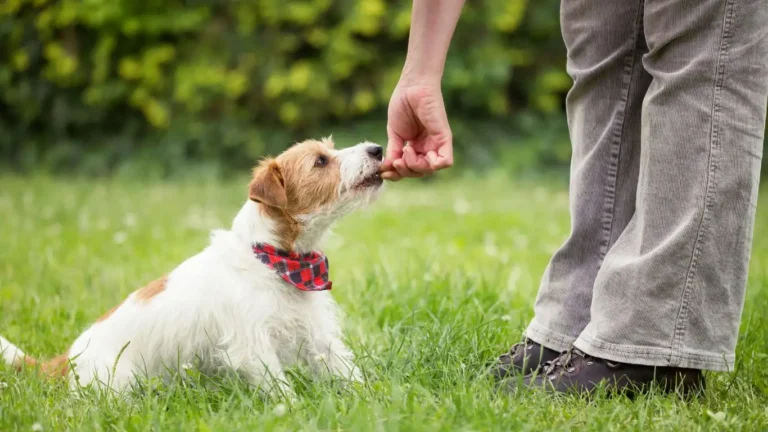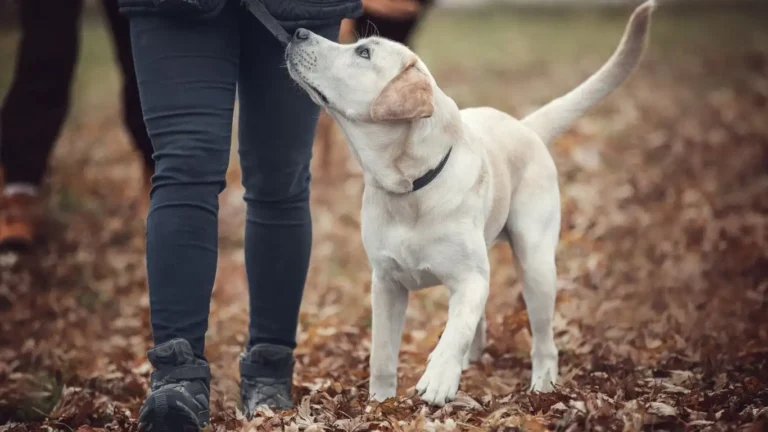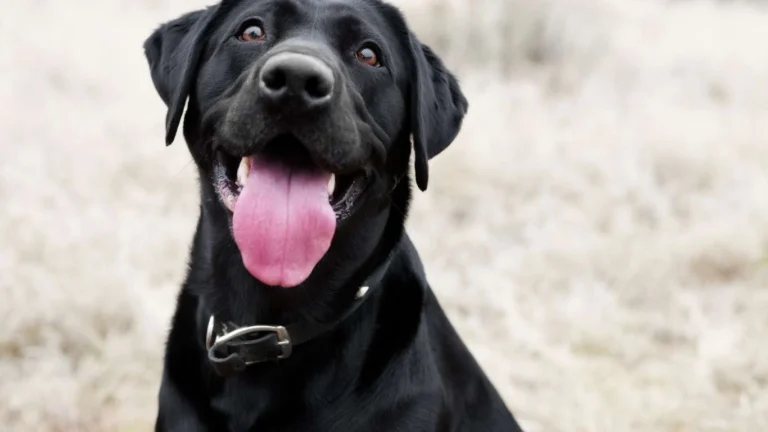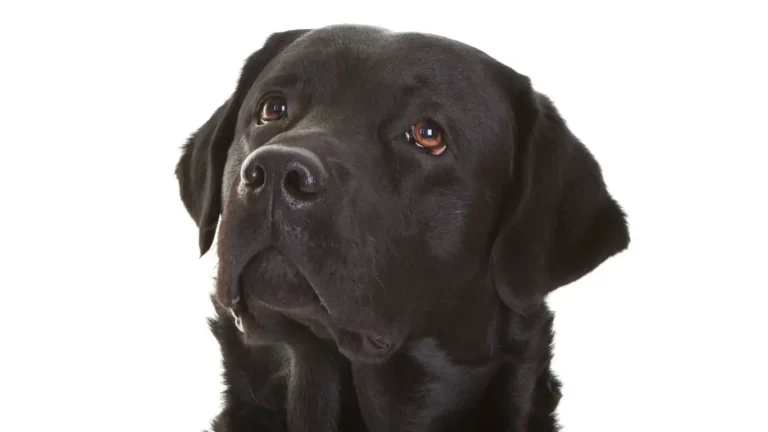How to Teach a Dog to Stay on Command: Simple Steps That Work
Teaching your dog to stay on command might sound straightforward, but if you’ve ever tried it, you know it can be a bit tricky. From my years as a Veterinary Technician specializing in nutrition, I’ve learned that training isn’t just about commands — it’s about communication, patience, and understanding your dog’s unique personality. Whether you have a puppy or an adult dog, learning how to teach a dog to stay on command is a foundational skill that builds trust and keeps your furry friend safe in many situations. Let’s dive into some tried-and-true methods that I’ve seen work wonders in real-life settings.
Why Teaching “Stay” is So Important

Before jumping into the training steps, it’s helpful to understand why the “stay” command is such a vital part of your dog’s education. Think of it like a safety net—this simple instruction can prevent your dog from darting into dangerous situations, like running into traffic or approaching a dog that isn’t friendly. On a more practical level, it gives you control when you need a moment to catch your breath, open a door, or answer the phone without your dog jumping all over you.
From my experience, dogs often respond best to clear boundaries paired with positive reinforcement. The “stay” command is not just about obedience—it’s about teaching your dog to be patient and calm even when there’s temptation to move. That’s a big deal because it builds self-control, which translates to better behavior overall.
Getting Started: The Basics of Teaching Your Dog to Stay
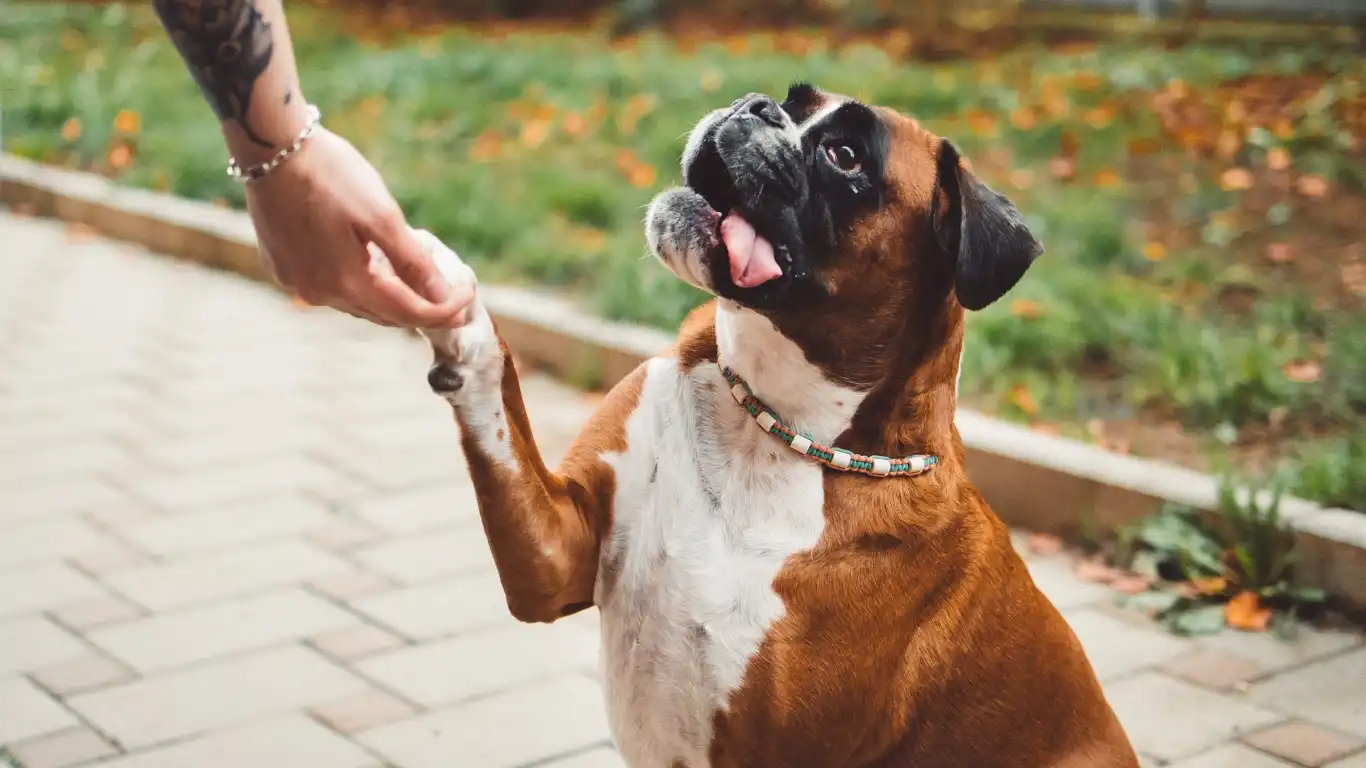
Choose the Right Environment
Start your training in a quiet, familiar space where your dog feels comfortable and distractions are minimal. I usually recommend indoors or a fenced backyard. The fewer the distractions, the easier it is for your dog to focus on learning the command.
Use Clear and Consistent Commands
When you say “stay”, make sure your tone is calm but firm. Dogs pick up on our emotions, so it’s important not to sound frustrated or rushed. Consistency is key here—always use the same word and hand gesture so your dog doesn’t get confused.
Start Small and Build Gradually
Begin with just a few seconds of staying still. If your dog moves even slightly, gently guide them back to the starting position and try again. Rewarding your dog the moment they stay still—even for a couple of seconds—is crucial. I always keep a handful of small, tasty treats on me when training; this helps reinforce the behavior quickly.
- Ask your dog to sit or lie down.
- Hold your palm out, facing your dog, and say “stay.”
- Take one step back.
- If your dog stays, immediately reward with a treat and praise.
- Repeat several times, gradually increasing the distance and duration.
Patience is Everything
Some dogs catch on fast, while others need a bit more time. In my years working in vet clinics, I’ve seen dogs struggle not because they’re stubborn, but because the training was rushed or inconsistent. Keep your sessions short and positive—around 5 to 10 minutes at a time—and always end on a good note.
Building Duration and Distance: Taking “Stay” to the Next Level
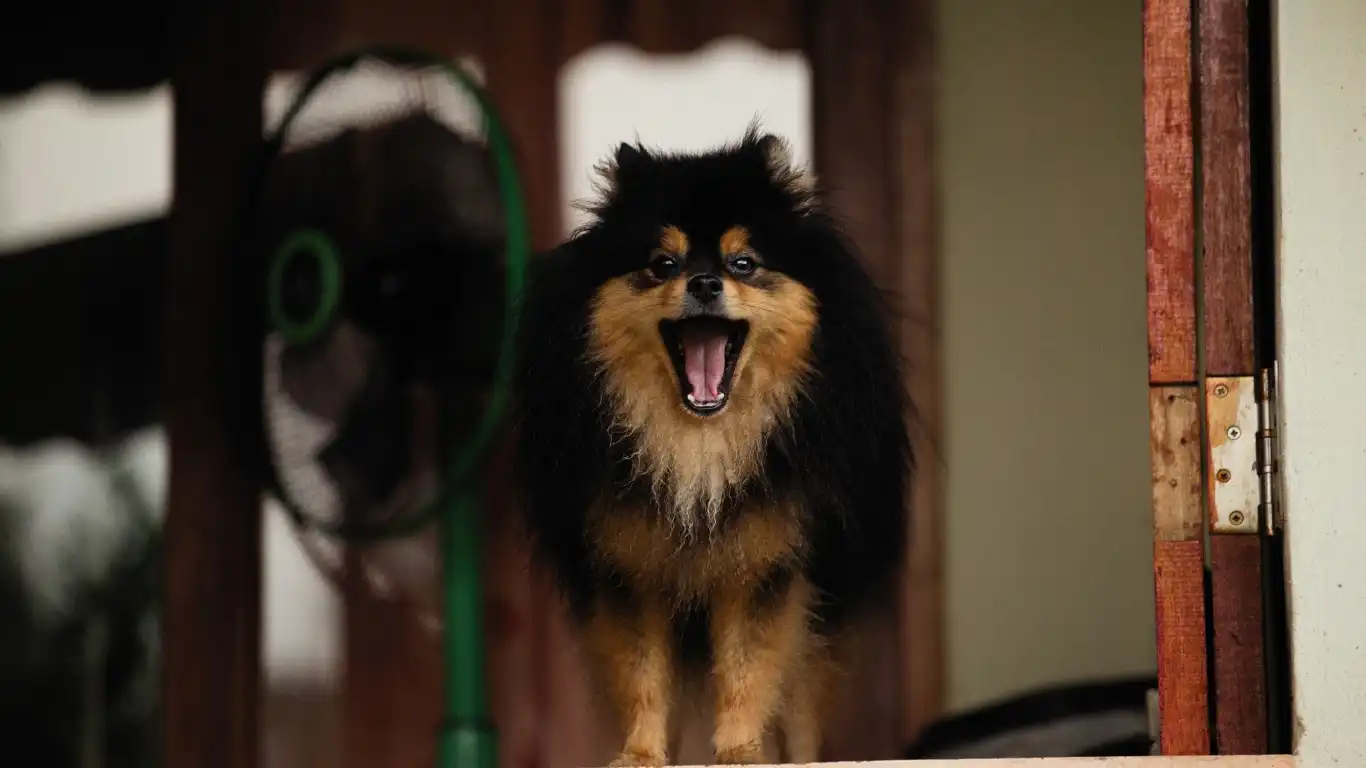
Once your dog masters the basics of staying put for a few seconds, it’s time to challenge them a bit more. This is where many dog owners get stuck or frustrated, but trust me, it’s all about *gradual progress* and keeping the experience positive. When I worked as a vet tech, I often saw that dogs trained with patience and consistency thrived the most—especially when we slowly increased how long and how far they had to stay.
Increasing Time: From Seconds to Minutes
Start adding just a few more seconds at a time. For example, if your dog comfortably stays for five seconds, aim for seven the next round. Then ten, and so on. It might not sound like much, but these small increments make a huge difference. Rushing to get your dog to stay for five minutes right off the bat usually leads to failure and confusion.
Here’s a little trick I picked up over the years: use a timer or stopwatch on your phone during training sessions. This helps you keep track without losing focus or second-guessing yourself. If your dog breaks the stay, don’t scold—simply reset and try again. The goal is to build their confidence, not make them fearful.
Stepping Back: Gradually Increase Distance
Next up is distance. Dogs naturally want to follow their humans, so this is where the real test of trust and training happens. Begin by taking a single step back after the “stay” command. If your dog holds, praise and reward immediately. Then take two steps, then three, building slowly from there.
It’s important to always keep your dog in view. In my practice, I’ve found that dogs learn best when they can see their handler during stay training—this reassures them that they’re not being abandoned. You can also add a release word like “okay” or “free” to let them know when the stay is over. This builds clarity and helps avoid confusion.
Overcoming Common Challenges When Teaching “Stay”

Dealing with Distracted Dogs
One of the biggest hurdles is teaching your dog to stay when there are distractions—think other dogs, loud noises, or that delicious-smelling treat on the floor. From my nutrition work, I know that motivation varies widely among dogs, so sometimes it’s about finding what really drives your pup.
If your dog is easily distracted, try lowering the distractions initially. Training in a quiet room or fenced yard helps. Then, gradually introduce distractions one at a time. For example, have a family member walk by at a distance or toss a toy nearby. If your dog breaks the stay, don’t give up—just step back and try again at a distance that’s easier for them.
Handling Impatient or Excited Dogs
Some dogs get so eager to please or play that staying still feels like the hardest thing ever. In those cases, extra patience is key. During my vet clinic days, I found that short, frequent sessions worked best for these high-energy dogs. Five minutes here and there, multiple times a day, rather than one long training session.
Also, adding calming activities before training can help. A quick walk or some gentle petting can reduce excitement levels. Remember, the “stay” command is about control and calmness, so setting the right mood is half the battle.
Using Rewards Wisely: What Works Best for Stay Training

High-Value Treats Make a Difference
Not all treats are created equal, especially when you want your dog to focus. When I was in clinical settings, I noticed dogs respond way better to super tasty, smelly treats during training sessions. Things like small bits of cooked chicken, cheese, or specially made training treats usually work wonders.
Keep the treats small so you can reward frequently without overfeeding. You want your dog’s motivation to stay high throughout the session, but you also want to keep them healthy—which ties back to my nutrition background. Balance is everything!
Incorporating Praise and Affection
Treats aren’t the only way to reward your dog. I always stress the importance of verbal praise and physical affection—like a gentle pet or a happy “good stay!”—to let your dog know they’re doing great. Some dogs value your attention just as much as treats, and combining both makes training more meaningful and personal.
Timing is Everything
One of the biggest mistakes I see is delayed rewards. If you wait too long to give a treat or praise, your dog might not connect the reward with the behavior. The moment your dog successfully stays, mark that behavior with a quick “yes” or clicker sound (if you use clicker training), then immediately follow with a treat or affection.
Generalizing the “Stay” Command to Real-Life Situations

Once your dog is reliably staying on command in a controlled environment, it’s time to apply that skill everywhere—because let’s be honest, life rarely happens in a quiet room! I can’t stress enough how important it is to practice the “stay” command in different places and around various distractions to make sure your dog really understands it.
During my time as a Veterinary Technician, I often advised pet parents that success lies in repetition and diversity. If your dog only stays on command inside the house, it won’t necessarily translate to the park, vet’s office, or a busy street. That’s why gradually adding new environments and distractions is key.
Practice in New Environments
Try asking your dog to stay in the backyard, then the front yard, and eventually a park or a friend’s house. Each new location teaches your dog that “stay” means the same thing everywhere. It also helps build their confidence in unfamiliar settings, which is invaluable.
Introduce Distractions Thoughtfully
Think about the things that typically catch your dog’s attention—other dogs, squirrels, sounds, people walking by. Start with mild distractions at a distance, rewarding your dog generously when they hold their stay. Slowly bring distractions closer as your dog proves they can handle it.
I remember working with a particularly excitable Labrador who struggled to stay calm when joggers passed by. By patiently exposing him to joggers at a distance and rewarding calm behavior, his “stay” command became rock solid even on busy trails.
Common Mistakes to Avoid When Teaching “Stay”

Rushing the Process
One thing I see often, especially from eager new dog owners, is rushing the training. Trying to move too fast—like expecting your dog to stay for long periods or through heavy distractions early on—can cause frustration for both you and your dog. Remember, every dog learns at their own pace.
Inconsistent Commands and Cues
Another biggie is using different words or hand signals. It might seem harmless, but dogs rely on consistency to understand what we want. Stick to the same command and gesture every time. Changing it up can confuse your dog and slow progress.
Neglecting the Release Cue
Don’t forget to teach a clear release word, like “okay,” “free,” or “release.” This tells your dog when the stay is over and they can move. Without it, dogs may get anxious or unsure if they can move, which can create tension during training or everyday life.
Final Tips from a Veterinary Technician’s Perspective
As someone who’s worked hands-on with countless dogs, I can say that teaching “stay” is one of the most rewarding commands—for you and your dog. It’s a skill that saves lives and deepens your bond.
- Be patient and keep training sessions short and fun. Dogs learn best when they’re happy and motivated.
- Use high-value rewards and plenty of praise. This encourages your dog to want to listen.
- Practice regularly and in different environments. Real-life distractions will challenge your dog’s focus, so training in various places is essential.
- Remember to stay calm and consistent. Your dog looks to you for guidance and will mirror your energy.
From a health and nutrition perspective, keeping your dog fit and mentally stimulated also supports better training outcomes. A well-balanced diet fuels focus and energy, while mental exercises reduce stress and hyperactivity that can interfere with learning.
References
Disclaimer
This article is for informational purposes only and does not replace professional veterinary advice. Always consult your veterinarian or a certified dog trainer for guidance tailored to your dog’s specific health and behavioral needs.



